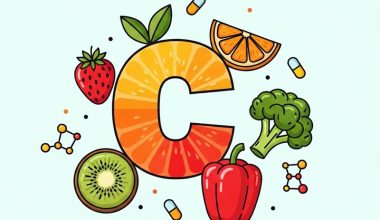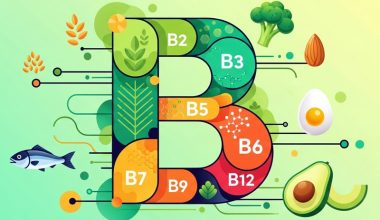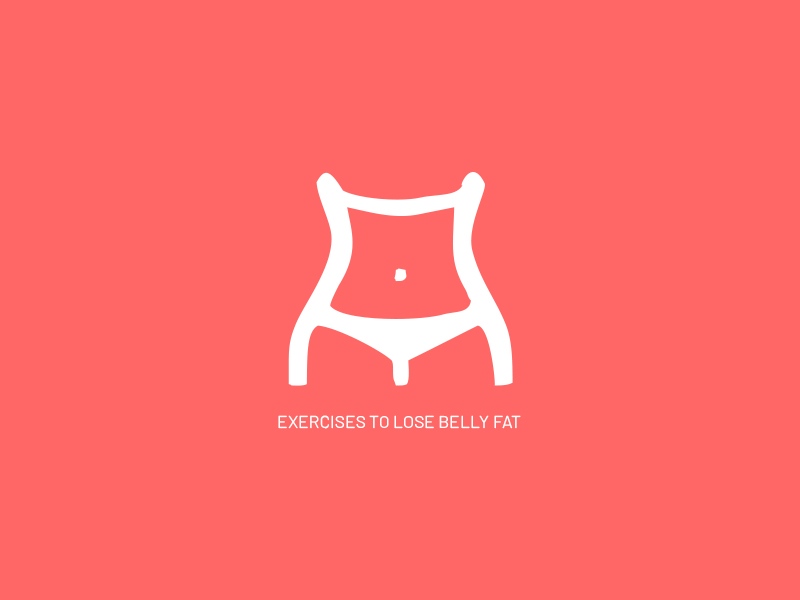Here is a comprehensive overview of Vitamin A, covering its functions and dietary sources.
What is Vitamin A?
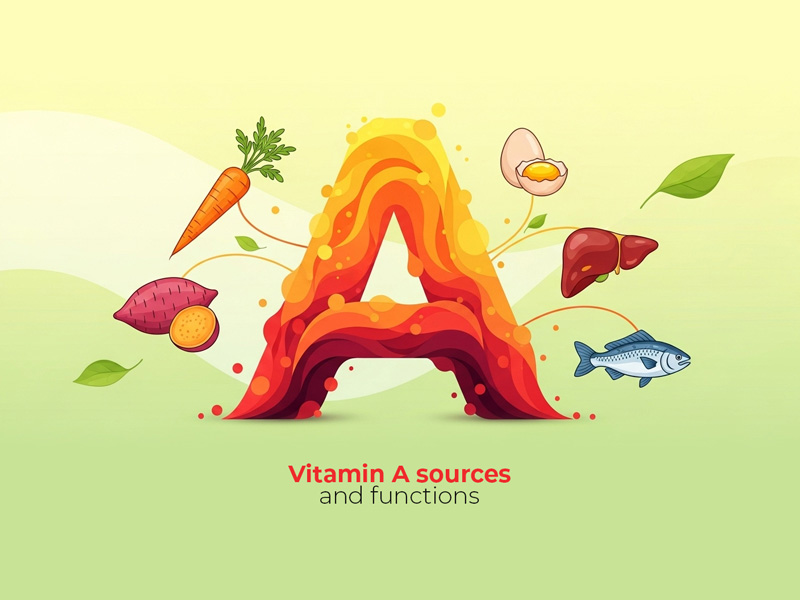
Vitamin A is a fat-soluble vitamin essential for vision, the immune system, reproduction, and cellular communication. It’s not a single compound but a group of related nutrients that come in two primary forms:
1. Preformed Vitamin A (Retinoids): Found in animal products. This form is ready for the body to use. The most common type is Retinol.
2. Provitamin A (Carotenoids): Found in plant-based foods. These are pigments that the body must convert into active Vitamin A. The most important and efficient one is Beta-Carotene.
Functions of Vitamin A
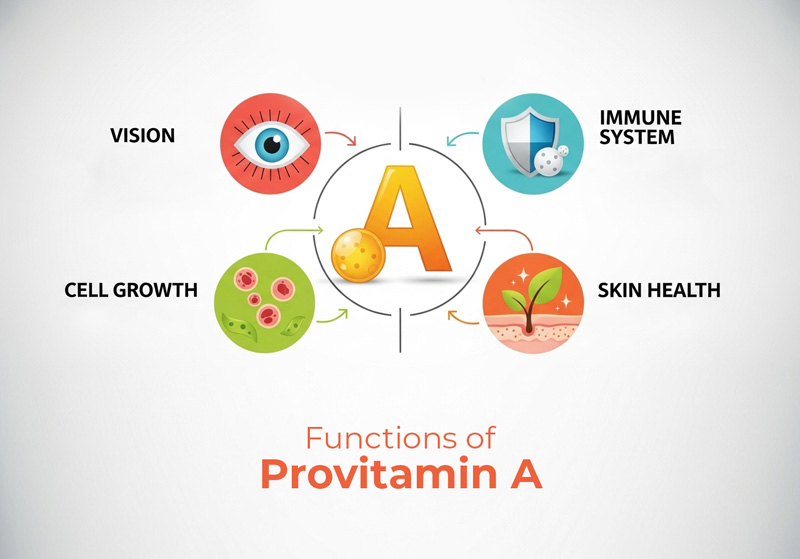
Vitamin A is crucial for many bodily processes. Its key functions include:
1. Vision:
· Low-Light Vision: It is a vital component of rhodopsin, a protein in the retina that absorbs light. This is why a deficiency can lead to night blindness.
· Maintaining the Cornea: It helps keep the cornea (the clear front layer of the eye) healthy.
2. Immune System Function:
· Vitamin A is essential for the production and function of white blood cells, which help capture and clear bacteria and other pathogens from the bloodstream.
· It helps maintain the integrity of the skin and mucous membranes (in the nose, lungs, gut), which act as the body’s first line of defense.
3. Cell Growth and Differentiation:
· It plays a critical role in the growth and specialization of cells into various tissues and organs. This is why it is vital for normal development in embryos and children.
4. Reproduction and Fetal Development:
· It is necessary for both male and female reproduction. During pregnancy, it supports the healthy growth and development of the fetus, including the heart, lungs, kidneys, eyes, and bones.
5. Skin Health:
· Vitamin A is famous for its role in skin cell production and repair. Both retinoids and carotenoids contribute to healthy skin. Retinoids are commonly used in dermatology to treat acne and reduce wrinkles.
6. Antioxidant Activity (Beta-Carotene):
· As an antioxidant, beta-carotene helps protect cells from damage caused by unstable molecules called free radicals. This oxidative stress is linked to chronic diseases and aging.
Dietary Sources of Vitamin A
You can get Vitamin A from both animal and plant sources.
Excellent Sources of Preformed Vitamin A (Retinoids):
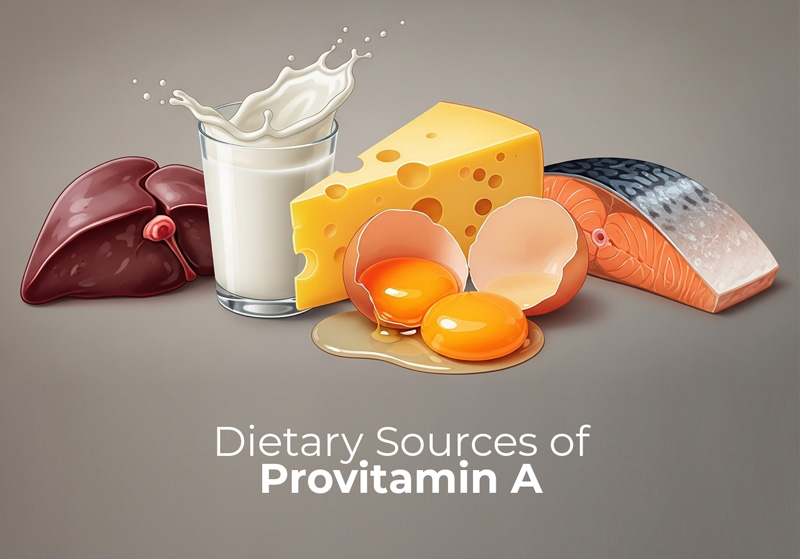
· Liver: Beef liver, chicken liver, and pâté are exceptionally high in Vitamin A. (Consume in moderation during pregnancy).
· Dairy Products: Milk, cheese, butter, and yogurt (often fortified).
· Egg Yolks: A good source of readily available Vitamin A.
· Fatty Fish: Fish like salmon, mackerel, and tuna, and fish liver oils (like cod liver oil).
Excellent Sources of Provitamin A (Carotenoids, primarily Beta-Carotene):
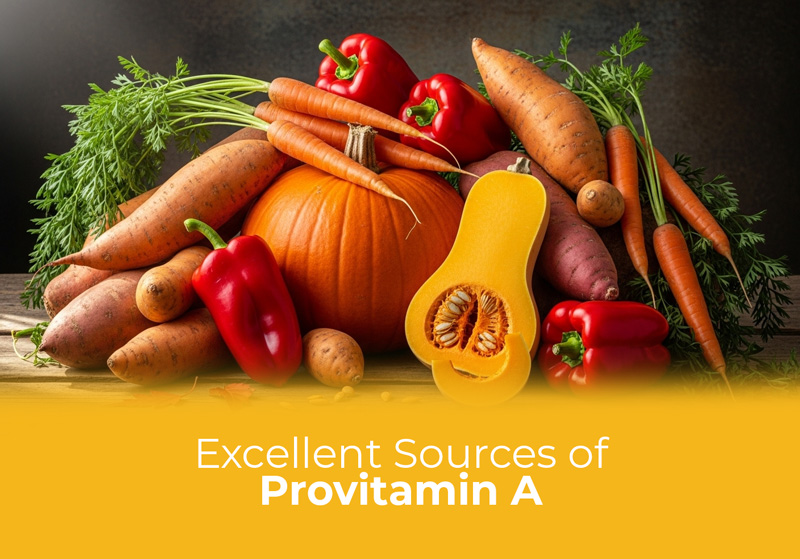
· Orange and Yellow Vegetables:
· Sweet potatoes (one of the richest sources)
· Carrots
· Pumpkins
· Butternut squash
· Red bell peppers
· Dark Green Leafy Vegetables:
· Spinach
· Kale
· Collard greens
· Swiss chard
· Orange and Yellow Fruits:
· Mangoes
· Cantaloupe
· Apricots
· Papaya
Tip for Absorption: Because Vitamin A is fat-soluble, consuming these foods with a source of fat (like olive oil, avocado, or nuts) improves the absorption of carotenoids from plant sources.
Recommended Intake and Deficiency
· Deficiency: Vitamin A deficiency is a leading cause of preventable blindness in children worldwide. It also increases the risk of severe infections and can cause dry skin and hair.
· Toxicity: While rare from food sources, it is possible to consume too much preformed Vitamin A (from supplements or liver), leading to hypervitaminosis A. Symptoms can include dizziness, nausea, headaches, and, in severe cases, liver damage and birth defects. Toxicity is not associated with high intake of beta-carotene from plant foods, which may only cause a harmless orange tint to the skin (carotenemia).

Note: Always consult with a healthcare provider before starting any new supplements.


